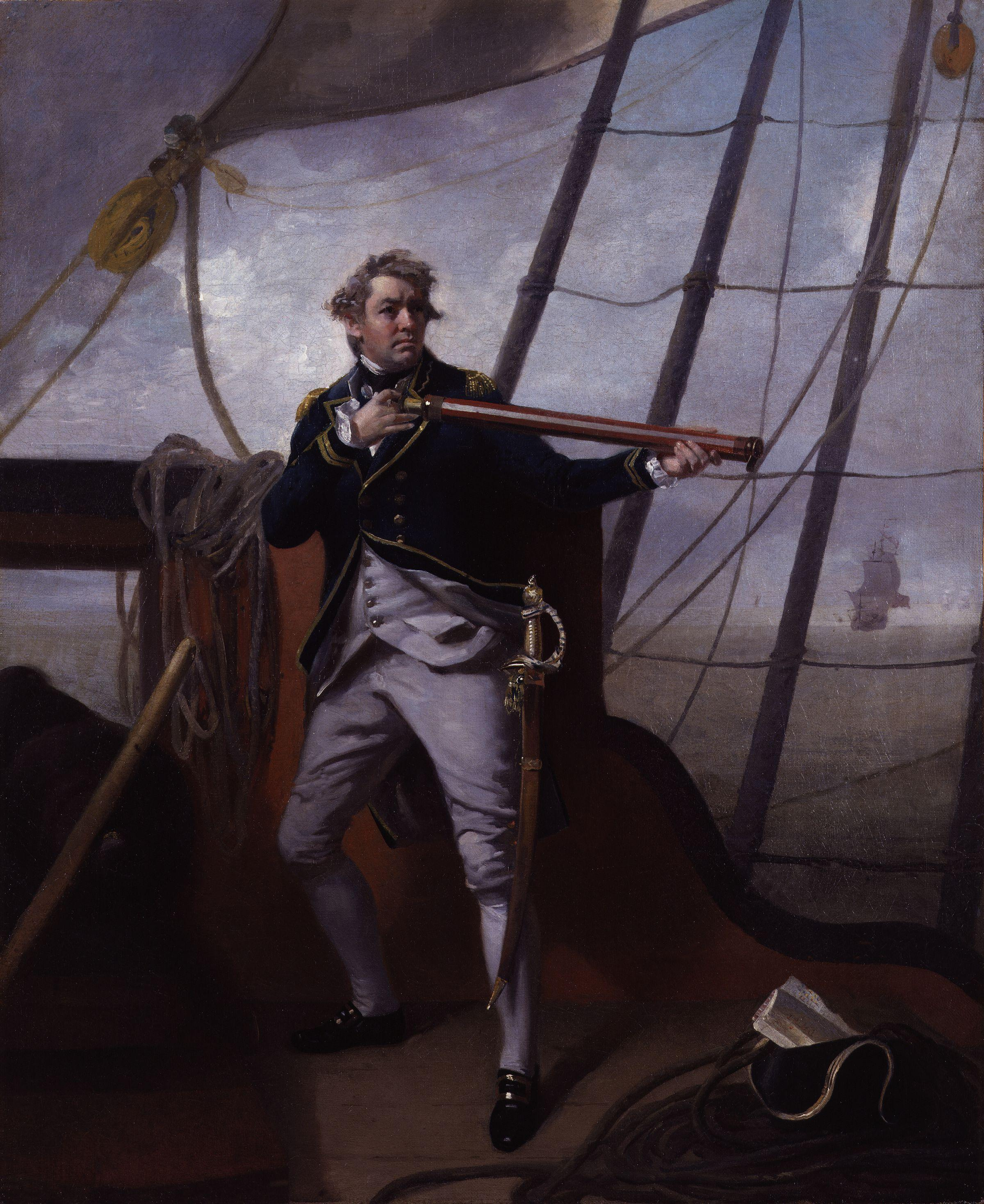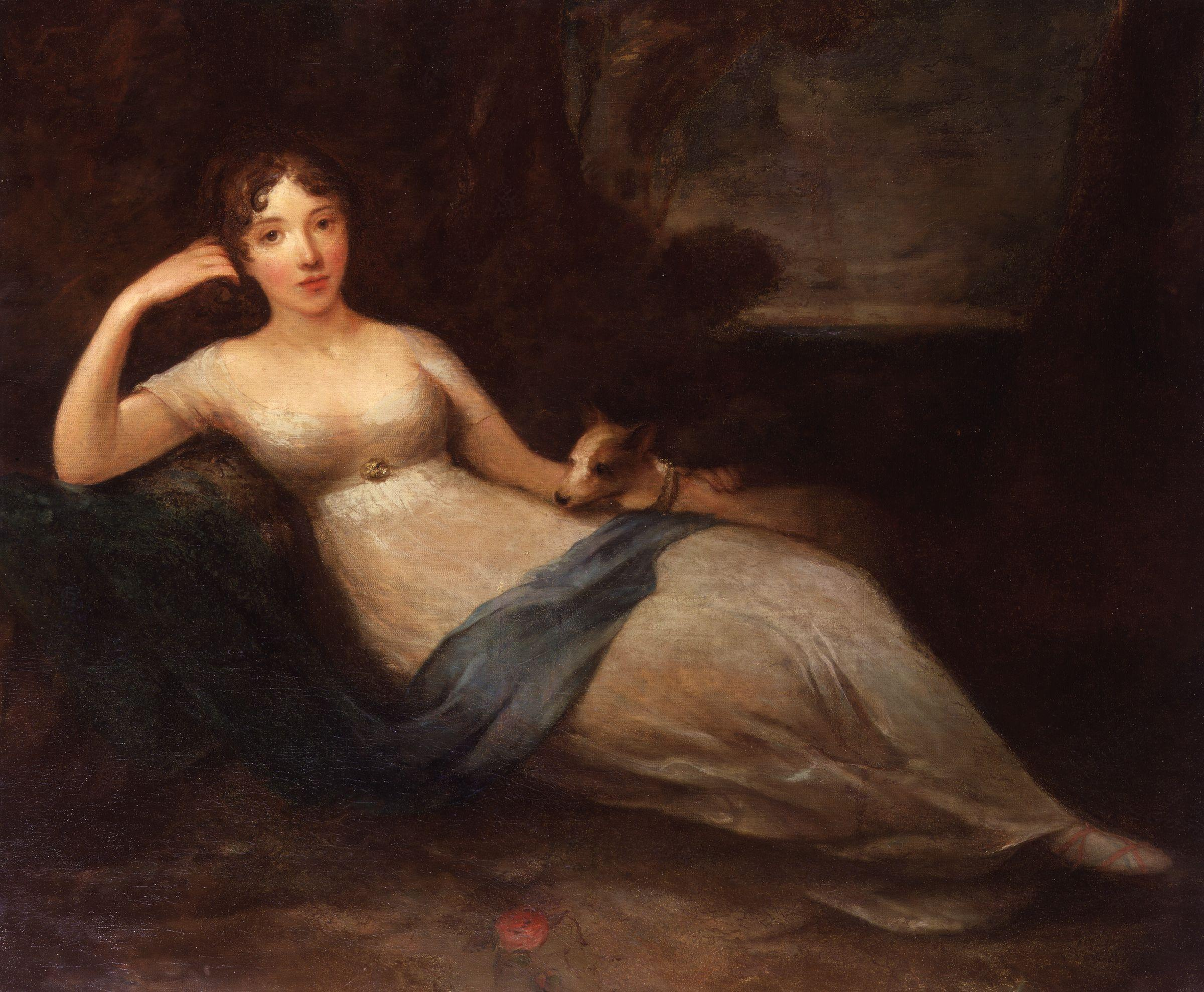|
HMS Emerald (1856)
Nine ships of the Royal Navy have been named HMS ''Emerald''. * was a 28-gun sixth rate, originally the French ''Emeraude''. She was captured in 1757 by , and broken up in 1761. * was a 32-gun fifth rate launched in 1762 and broken up in 1793. * was a 36-gun fifth rate launched in 1795 and broken up in 1836. * was a tender purchased in 1820 and broken up in 1847. * was a wood screw frigate launched in 1856 and sold in 1869. * was a screw corvette launched in 1876 and sold in 1906. *HMS ''Emerald'' was an armoured frigate, launched in 1861 as , renamed in 1904, and sold in 1923. *HMS ''Emerald'' was a gunboat launched in 1869 as . She was renamed HMS ''Amelia'' in 1888, HMS ''Colleen'' in 1905, HMS ''Colleen Old'' in 1916, HMS ''Emerald'' in 1918 and HMS ''Cuckoo'' later in 1918. She was sold in 1922. * was an light cruiser launched in 1920 and broken up in 1948. A fictional frigate named ''Emerald'' is commanded at the Battle of Camperdown by the title character in Lady Caroline ... [...More Info...] [...Related Items...] OR: [Wikipedia] [Google] [Baidu] |
Royal Navy
The Royal Navy (RN) is the United Kingdom's naval warfare force. Although warships were used by English and Scottish kings from the early medieval period, the first major maritime engagements were fought in the Hundred Years' War against France. The modern Royal Navy traces its origins to the early 16th century; the oldest of the UK's armed services, it is consequently known as the Senior Service. From the middle decades of the 17th century, and through the 18th century, the Royal Navy vied with the Dutch Navy and later with the French Navy for maritime supremacy. From the mid 18th century, it was the world's most powerful navy until the Second World War. The Royal Navy played a key part in establishing and defending the British Empire, and four Imperial fortress colonies and a string of imperial bases and coaling stations secured the Royal Navy's ability to assert naval superiority globally. Owing to this historical prominence, it is common, even among non-Britons, to ref ... [...More Info...] [...Related Items...] OR: [Wikipedia] [Google] [Baidu] |
Sixth Rate
In the rating system of the Royal Navy used to categorise sailing warships, a sixth-rate was the designation for small warships mounting between 20 and 28 carriage-mounted guns on a single deck, sometimes with smaller guns on the upper works and sometimes without. It thus encompassed ships with up to 30 guns in all. In the first half of the 18th century the main battery guns were 6-pounders, but by mid-century these were supplanted by 9-pounders. 28-gun sixth rates were classed as frigates, those smaller as 'post ships', indicating that they were still commanded by a full ('post') captain, as opposed to sloops of 18 guns and less under commanders. Rating Sixth-rate ships typically had a crew of about 150–240 men, and measured between 450 and 550 tons. A 28-gun ship would have about 19 officers; commissioned officers would include the captain, and two lieutenants; warrant officers would include the master, ship's surgeon, and purser. The other quarterdeck officers were the c ... [...More Info...] [...Related Items...] OR: [Wikipedia] [Google] [Baidu] |
Fifth Rate
In the rating system of the Royal Navy used to categorise sailing warships, a fifth rate was the second-smallest class of warships in a hierarchical system of six " ratings" based on size and firepower. Rating The rating system in the Royal Navy as originally devised had just four rates, but early in the reign of Charles I, the original fourth rate (derived from the "Small Ships" category under his father, James I) was divided into new classifications of fourth, fifth, and sixth rates. While a fourth-rate ship was defined as a ship of the line, fifth and the smaller sixth-rate ships were never included among ships-of-the-line. Nevertheless, during the Anglo-Dutch Wars of the 17th century, fifth rates often found themselves involved among the battle fleet in major actions. Structurally, these were two-deckers, with a complete battery on the lower deck, and fewer guns on the upper deck (below the forecastle and quarter decks, usually with no guns in the waist on this deck). The ... [...More Info...] [...Related Items...] OR: [Wikipedia] [Google] [Baidu] |
Frigate
A frigate () is a type of warship. In different eras, the roles and capabilities of ships classified as frigates have varied somewhat. The name frigate in the 17th to early 18th centuries was given to any full-rigged ship built for speed and maneuverability, intended to be used in scouting, escort and patrol roles. The term was applied loosely to ships varying greatly in design. In the second quarter of the 18th century, the 'true frigate' was developed in France. This type of vessel was characterised by possessing only one armed deck, with an unarmed deck below it used for berthing the crew. Late in the 19th century (British and French prototypes were constructed in 1858), armoured frigates were developed as powerful ironclad warships, the term frigate was used because of their single gun deck. Later developments in ironclad ships rendered the frigate designation obsolete and the term fell out of favour. During the Second World War the name 'frigate' was reintroduced to des ... [...More Info...] [...Related Items...] OR: [Wikipedia] [Google] [Baidu] |
Corvette
A corvette is a small warship. It is traditionally the smallest class of vessel considered to be a proper (or " rated") warship. The warship class above the corvette is that of the frigate, while the class below was historically that of the sloop-of-war. The modern roles that a corvette fulfills include coastal patrol craft, missile boat and fast attack craft. These corvettes are typically between 500 tons and 2,000 .although recent designs may approach 3,000 tons, having size and capabilities that overlap with smaller frigates. However unlike contemporary frigates, a modern corvette does not have sufficient endurance and seaworthiness for long voyages. The word "corvette" is first found in Middle French, a diminutive of the Dutch word ''corf'', meaning a "basket", from the Latin ''corbis''. The rank "corvette captain", equivalent in many navies to "lieutenant commander", derives from the name of this type of ship. The rank is the most junior of three "captain" ranks in sev ... [...More Info...] [...Related Items...] OR: [Wikipedia] [Google] [Baidu] |
Gunboat
A gunboat is a naval watercraft designed for the express purpose of carrying one or more guns to bombard coastal targets, as opposed to those military craft designed for naval warfare, or for ferrying troops or supplies. History Pre-steam era In the age of sail, a gunboat was usually a small undecked vessel carrying a single smoothbore cannon in the bow, or just two or three such cannons. A gunboat could carry one or two masts or be oar-powered only, but the single-masted version of about length was most typical. Some types of gunboats carried two cannons, or else mounted a number of swivel guns on the railings. The small gunboat had advantages: if it only carried a single cannon, the boat could manoeuvre in shallow or restricted areas – such as rivers or lakes – where larger ships could sail only with difficulty. The gun that such boats carried could be quite heavy; a 32-pounder for instance. As such boats were cheap and quick to build, naval forces favoured swarm ... [...More Info...] [...Related Items...] OR: [Wikipedia] [Google] [Baidu] |
Light Cruiser
A light cruiser is a type of small or medium-sized warship. The term is a shortening of the phrase "light armored cruiser", describing a small ship that carried armor in the same way as an armored cruiser: a protective belt and deck. Prior to this smaller cruisers had been of the protected cruiser model, possessing armored decks only. While lighter and smaller than other contemporary ships they were still true cruisers, retaining the extended radius of action and self-sufficiency to act independently around the world. Through their history they served in a variety of roles, primarily as convoy escorts and destroyer command ships, but also as scouts and fleet support vessels for battle fleets. Origins and development The first small steam-powered cruisers were built for the British Royal Navy with HMS ''Mercury'' launched in 1878. Such second and third class protected cruisers evolved, gradually becoming faster, better armed and better protected. Germany took a lead in small crui ... [...More Info...] [...Related Items...] OR: [Wikipedia] [Google] [Baidu] |
Battle Of Camperdown
The Battle of Camperdown (known in Dutch as the ''Zeeslag bij Kamperduin'') was a major naval action fought on 11 October 1797, between the British North Sea Fleet under Admiral Adam Duncan and a Batavian Navy (Dutch) fleet under Vice-Admiral Jan de Winter. The battle was the most significant action between British and Dutch forces during the French Revolutionary Wars and resulted in a complete victory for the British, who captured eleven Dutch ships without losing any of their own. In 1795, the Dutch Republic had been overrun by the army of the French Republic and had been reorganised into the Batavian Republic, a French client state. In early 1797, after the French Atlantic Fleet had suffered heavy losses in a disastrous winter campaign, the Dutch fleet was ordered to reinforce the French at Brest. The rendezvous never occurred; the continental allies failed to capitalise on the Spithead and Nore mutinies that paralysed the British Channel forces and North Sea fleets during th ... [...More Info...] [...Related Items...] OR: [Wikipedia] [Google] [Baidu] |
Lady Caroline Lamb
Lady Caroline Lamb (née Ponsonby; 13 November 1785 – 25 January 1828) was an Anglo-Irish aristocrat and novelist, best known for ''Glenarvon'', a Gothic novel. In 1812 she had an affair with Lord Byron, whom she described as "mad, bad, and dangerous to know". Her husband was The Hon. William Lamb, who after her death became British prime minister. Family background She was the only daughter of Frederick Ponsonby, 3rd Earl of Bessborough, an Anglo-Irish peer, and Henrietta, Countess of Bessborough. She was known as the Honourable Caroline Ponsonby until her father succeeded to the earldom in 1793. While her brother, Frederick Cavendish Ponsonby, was severely injured in the Battle of Waterloo, in the days after the battle she had an affair with the Duke of Wellington. She was related to other leading society ladies, being the niece of Georgiana Cavendish, Duchess of Devonshire, and cousin (by marriage) of Annabella, Lady Byron. She was related to Sarah Ponsonby, one half o ... [...More Info...] [...Related Items...] OR: [Wikipedia] [Google] [Baidu] |
Glenarvon
''Glenarvon'' was Lady Caroline Lamb's first novel. It created a sensation when published on 9 May 1816. Set in the Irish rebellion of 1798, the book satirized the Whig Holland House circle, while casting a sceptical eye on left-wing politicking. Its rakish title character, Lord Glenarvon, is an unflattering depiction of her ex-lover, Lord Byron. Theme Glenarvon corrupts the innocent young bride Calantha (Caroline herself) leading to their mutual ruin and death. The picture of her husband, William Lamb (the 2nd Viscount Melbourne from 1828), called Lord Avondale in the book, is more favourable, although he too is held to be partly responsible for Calantha's misfortunes: his biographer remarks that the book's message is that Caroline's troubles are everybody else's fault.Lord David Cecil (1965). ''Melbourne''. Pan Books Edition. p. 122. The book is full of wildly improbable melodramatic scenes: Calantha's infant brother, the heir to a dukedom, is apparently murdered on the orders ... [...More Info...] [...Related Items...] OR: [Wikipedia] [Google] [Baidu] |

.jpg)





